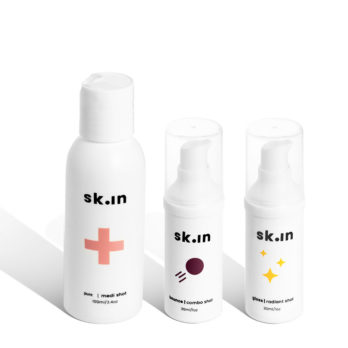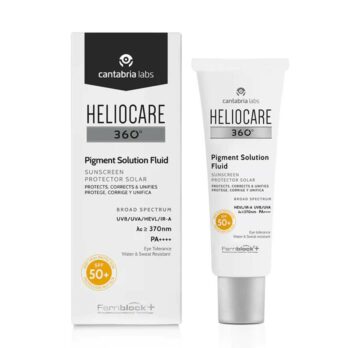You may have heard of it; you might have it and know it… or you might not! Melasma is a common skin condition, so you’re not alone. In this blog, we’re going to break down what melasma is, what causes it and how you can treat it.
Learn how important it is to have the right skincare and how we go the extra mile to help you get there.
What is melasma?
Melasma, also known as hormonal pigmentation, is a common skin issue for women that presents on the face as patches that are darker than your normal complexion. They look like discolorations that are typically larger than sun spots and can appear like ‘stains’ on the skin or as blotch-like patches.
What does melasma look like?
Melasma is a common skin condition that causes discoloration, this may be tan, brown, gray-brown, or pink spots – it is usually symmetrical and is most common on the forehead, cheekbones and jawline, but it can also be found on the upper lip. The areas are not painful or itchy, but they can make one feel self-conscious.
What causes Melasma or hormonal pigmentation?
It isn’t totally clear what causes melasma, but in many cases there is a direct relationship with female hormonal activity. This form of skin pigmentation is stimulated by oestrogen and progesterone. A steep rise in oestrogen levels will stimulate the melanocytes (the melanin producing cells located in the basal layer which is the innermost layer of the epidermis) causing them to produce more melanin – this results in hyperpigmentation of the skin.
This means birth control pills, pregnancy, menopause and hormone therapy can all trigger melasma. Stress and thyroid disease are also thought to be potential trigger factors or causes of melasma.
Is melasma treatable?
For some women, melasma disappears on its own. This typically occurs when it’s caused by pregnancy, birth control pills or if oestrogen intake is reduced.
However, it is very important to remember that Melasma is a chronic skin condition and as with all hyperpigmentation it can be very tricky to treat and may need ongoing management and treatments.
Shop our recommended products for hyperpigmentation here:
sk.in htp | hyperpigmentation treatment pack
Original price was: R4,471.00.R4,247.00Current price is: R4,247.00.LAMELLE Luminesce Value Pack
Original price was: R3,305.00.R3,180.00Current price is: R3,180.00.Living with melasma
While not all cases of melasma will clear up on their own or with treatment, there are things you can do to make sure the condition doesn’t worsen and minimise the appearance of the discoloration.
These include:
- Wearing a SPF of 30+ (or higher) daily. Shop our favourites here:
- Try to avoid or limit sun exposure to your face, neck and décolletage.
- Introduce retinol to your skin care routine, this exfoliating ingredient will speed up your cellular turnover rate to shed the pigment quicker.
LAMELLE Correctives 3.0 RA Serum
Original price was: R1,010.00.R858.00Current price is: R858.00.- Apply an antioxidant like Vitamin C; this will help to protect against infrared A.
LAMELLE Correctives Vita C Lipid
Original price was: R1,105.00.R939.00Current price is: R939.00.- It is important to use a pigmentation prevention product daily to limit new excess pigment from being produced in the skin
LAMELLE Correctives Brighter Serum
Original price was: R1,135.00.R964.00Current price is: R964.00.Think you may have melasma?
Let us help you treat it! Book an online skin consultation here to chat to one of our experts. We want to make sure you look and feel your best!
Yours in skin
Dr Alek Nikolic and the SkinMiles team



























